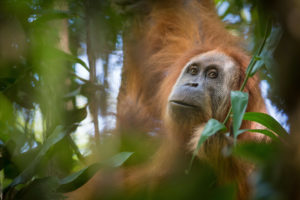A researcher at Hong Kong University has developed a technique that makes it possible to identify many species from a single scoop of water draining out of wet markets. It could help authorities detect trade in endangered marine species.
Hong Kong is well known as a major hub for the global trade in illegal wildlife. As well as smuggling products on, a lot of what arrives is sold in the city itself.
In 2015, a group of scientists from Hong Kong University founded the Conservation Forensics Laboratory in order to provide Hong Kong’s authorities with scientific tools to better investigate and prosecute wildlife and environmental crime.
Headed by Professor Caroline Dingle, the laboratory now has 13 members who specialise in a wide range of disciplines, from law to coral reef ecology.
Working as a research assistant with the laboratory, molecular biologist Johnny Richards developed a forensic tool that could allow the authorities to discreetly monitor Hong Kong’s wet markets for the presence of endangered fish species.
3 billion
Per head, Hong Kong is Asia’s second largest seafood consumer, behind only Mainland China, and most Hong Kongers regularly purchase their seafood at the city’s more than 200 wet markets.
In 2017, Bloom, a local NGO, together with Choose Right Today, a platform helping Hong Kongers purchase sustainable seafood, produced a report on trade in live reef fish in the wet markets. The report showed “prevalence of threatened species” and called for “urgent and collective conservation action.”
Monitoring what is being traded at the wet markets is clearly critical but it isn’t straightforward. “Traders know what they are selling, and are wary” says Richards. He mentions traders refusing to answer questions and not allowing photographs. The researchers were even chased away on several occasions, though some traders were friendly and willing to talk.
The tool he has been developing does not alarm them. Nobody even comes to inspect their fish. Investigators, staying out of sight, simply collect small samples of water from drains running from the wet market. Richards collected several samples from each market in order to cover its entire area. He reasoned that the concentration of fish DNA in the drains would be highest in late morning, and timed his sampling accordingly.
The smaller the amount of water needed for the tests, the faster and more discreetly it can be collected. By refining the method of extracting the DNA from the drain water, Richards reduced the amount required to “a single scoop, 50 millilitres” that can be collected in seconds.
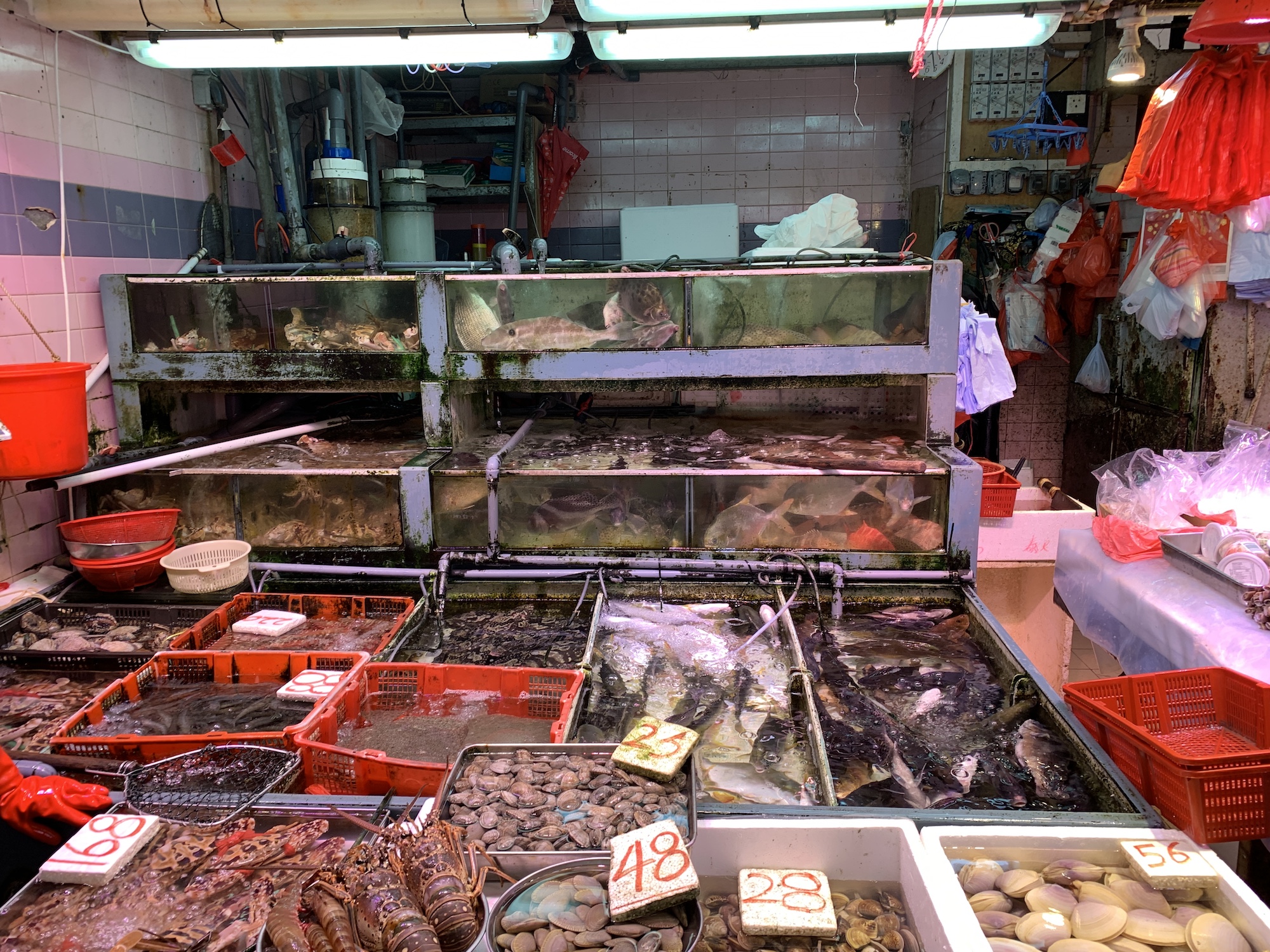
The water sample will then be sent to the HKU laboratory, where the DNA is extracted and then used to identify the species that have been in contact with it, revealing what the traders have been selling.
This seemingly straightforward procedure relies on advanced technology.
Wet market drain water contains thousands upon thousands of DNA fragments, including from all the species sold at a typical Hong Kong market – not only fish, but also molluscs, crustaceans, pigs, cows, chickens, turtles and frogs. There will also be DNA of people, dogs and cats mixed in.
Collectively, this DNA is known as eDNA, as it is obtained from environments, such as water or soil, rather than directly from the organisms.
DNA testing technology used only to be capable of processing a single, well-preserved strand of a DNA molecule at one time, and so could not identify which species eDNA came from. The technology now available, however, can separate and identify multiple DNA fragments from different organisms, all at the same time – a process known as metabarcoding.
Richards explains that the main technical challenge in creating his forensic tool was how to extract the DNA material from the highly contaminated drain water that he calls “drain soup”. He says that filtering it was far more difficult than doing so with turbid water from rivers or lakes, probably because of the high quantity of organic solutes – lipids, oil and blood. The result was a very slow DNA filtration process, and the precipitate “full of fats, oils and other gunk.” Once the DNA has been extracted, sequenced and digitised, specialised software can check it against a DNA database of known fish species.
Last year, Richards did a pilot study of his tool, sampling drain water from several of Hong Kong’s wet markets. His results produced a list of 144 fish species. Three were listed in Appendix II of CITES (the Convention on International Trade of Endangered Flora and Fauna) – two species of thresher shark and a shark’s relative – blackchinned guitarfish.
Hong Kong SAR is a signatory to CITES, and all trade in CITES-II listed species in Hong Kong requires permits. Failure to have them is a criminal offence.
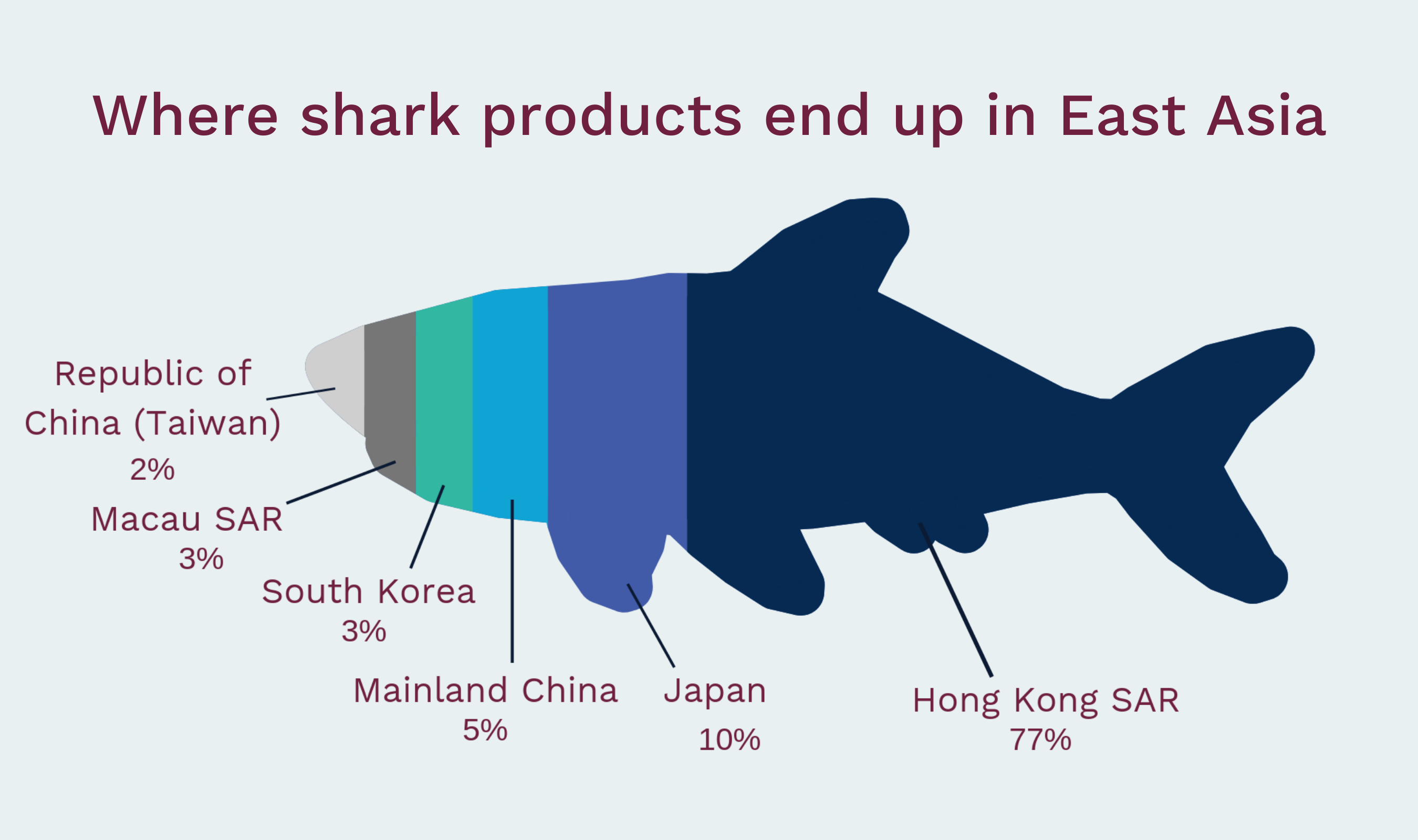
All three species of thresher sharks, harmless to humans and originally abundant world-wide, were listed by CITES in 2016, as the shark fin trade has decimated their numbers. Guitarfish have shark-like fins and are now also harvested for this commodity. Their populations world-wide have now crashed.
Richards thinks that the shark DNA came from meat rather than fins, adding that he was surprised to see evidence of shark meat sold at the markets. When he consulted existing records, however, he learned that shark meat had previously been traded at the same market.
Drain water also yielded DNA from 14 fish species classified from “vulnerable” to “critically endangered” by the International Union for Conservation of Nature (IUCN). The “vulnerable” category included several species of groupers – including long tooth grouper and brown marbled grouper, delicacies sold live at wet markets in Hong Kong.
Whereas CITES is a legally binding agreement, the classification by IUCN is purely advisory. Even trading in species listed as “critically endangered” by IUCN has no legal consequences for the trader unless they are breaking local laws.
Trade in both long tooth grouper and brown marbled grouper is legal in Hong Kong, but HKU professor Yvonne Sadovy, an expert on reef fish conservation, warns: “Massive appetite for live wild-caught groupers, most of which are imported from Southeast Asia, is having devastating impacts on fish populations in some areas because of the large volumes of fish involved as well as the widespread absence of fishery management.”
Professor David Baker, a coral reef ecologist and supervisor of Richards’ project, defines the purpose of their eDNA tool as: “Collecting intelligence in a non-invasive way.”
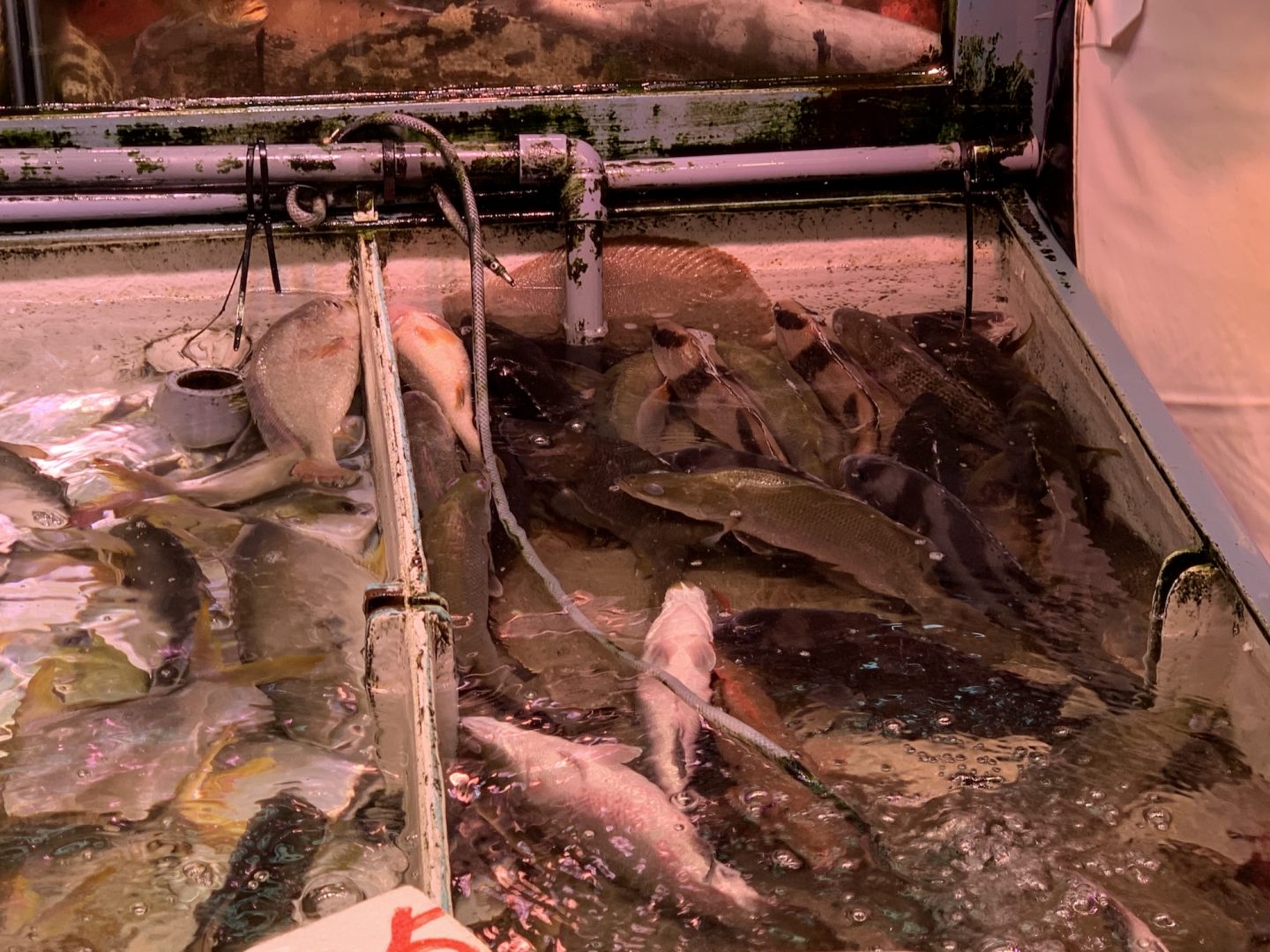
The Lab plans to make the tool available to Hong Kong authorities after the publication, due this month, of the scientific paper based on Richard’s pilot study.
Amanda Whitfort, professor of law at Hong Kong University, who is also part of the Conservation Forensics Laboratory team, explains what needs to be done to put Richards’ work to practical use:
“The first step is to have the Food and Environmental Hygiene Department (FEHD) agree to make this test a monitoring tool. FEHD officers will then conduct the sampling as a routine task when they inspect the wet markets. Results would then need to be shared with the Agriculture Fisheries and Conservation Department’s (AFCD) Endangered Species Division, as the AFCD would be the ones to pursue prosecutions as required.”
The use of eDNA as an effective tool for biodiversity detection and monitoring is growing in conservation and research. Taking it into the courtroom, however, is a different matter – unlike the DNA obtained directly from plants, animals or their products, eDNA-based forensic evidence has not yet been admitted in court in wildlife crime cases.
Whitford thinks this is possible, provided that legal professionals come to understand the science behind it: “The court would need first to assess an expert’s report on its scientific reliability (of eDNA evidence) and if it were considered reliable enough, it could be taken into account in determining whether the prosecution had proved their case.”
Perhaps Hong Kong, which has recently started to pass harsher sentences for wildlife crime, could set a legal precedent.
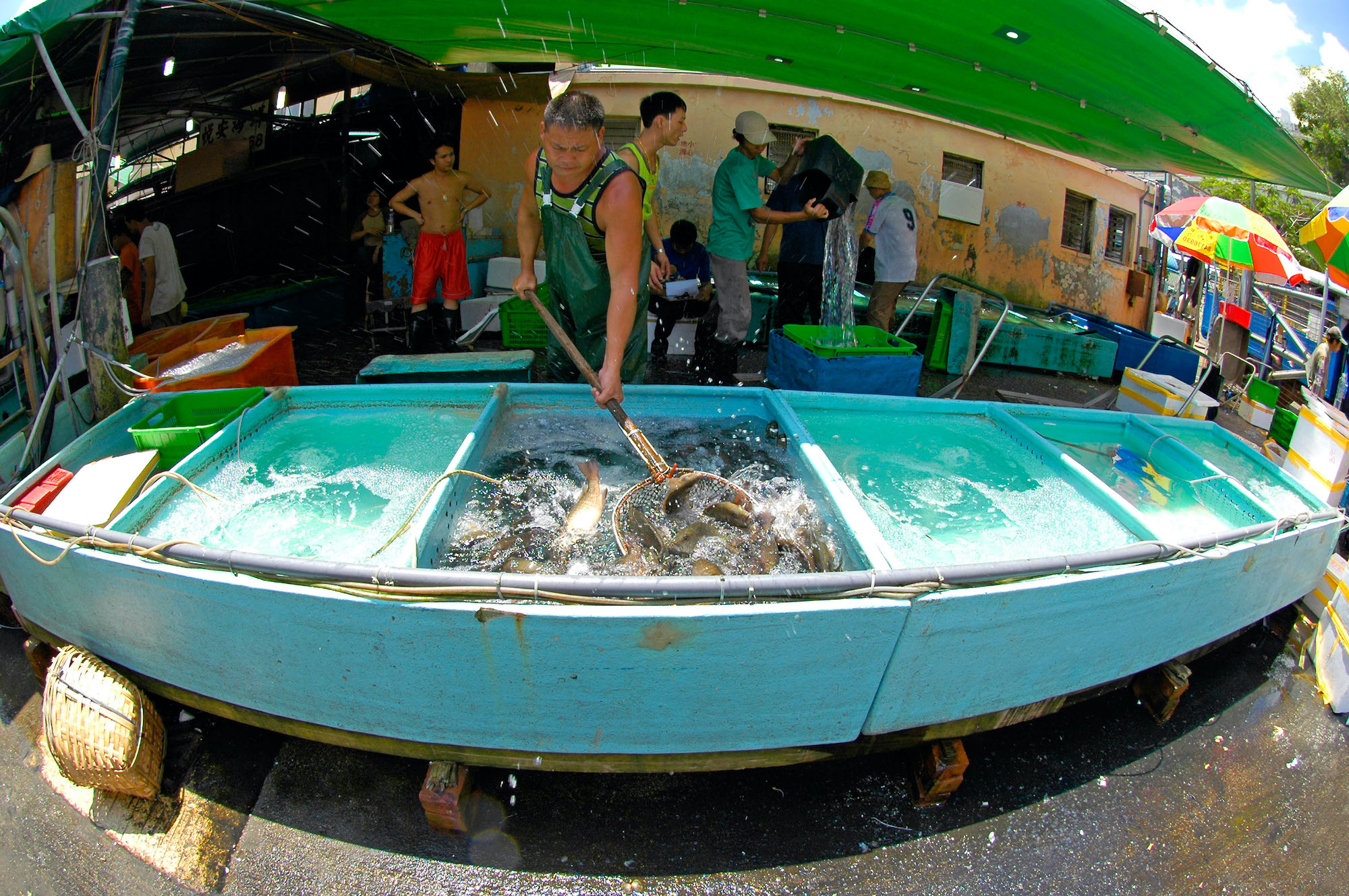
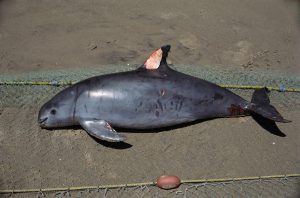

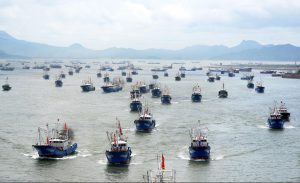


![A snow leopard in Uttarakhand [image by: Sonu Negi]](https://dialogue.earth/content/uploads/2020/10/Featured_image_PIC_credit_Sonu_Negi_1-300x200.jpg)
